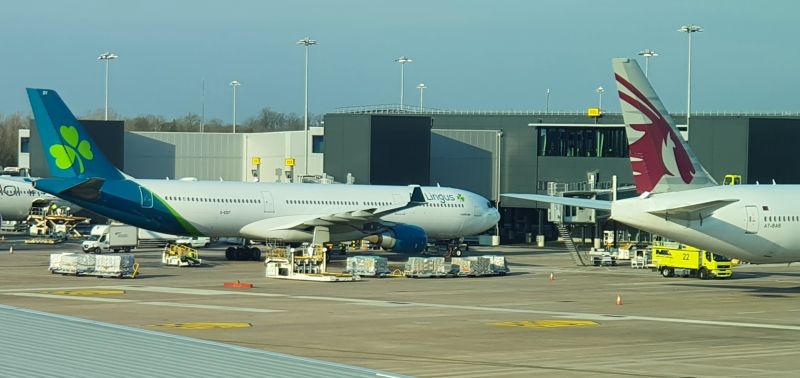The Aircraft Maintenance Programme (AMP) will be developed by a CAMO (Continued Airworthiness Management Organisation) and its importance for continued airworthiness is paramount; it is based on the many OEM documents (such as Airbus or Boeing etc) and considering some additional documents such as modifications, operator preferences, repairs and other factors such as local authority requirements.
It is also important to consider that the AMP must be approved by the National Aviation Authority (NAA); consider you make a maintenance plan (MP), and the National Aviation Authority (NAA) approved it to become the AMP (Aircraft Maintenance Programme).
The NAA must approve your submitted plan before you can carry out maintenance on the aircraft according to the plan; it is possible to then make alterations to a plan once approved.
The AMP will cover all applicable (Type Certificate) TC (Original Equipment Manufacturer) OEM tasks assigned to remain airworthy and compliant to the maintenance schedule.
Additional considerations are then also reviewed and incorporated as required such as Service Bulletins’, Airworthiness Directives’ and then specific OEM documents such as the OIT (operator information transmission) or SIL (service information letter) to give a few examples, there are many more.
The AMP document ensures that the aircraft is maintained to an airworthy condition, and this is important for future leases and also asset value protection.
The array of source documents can become complex and large referencing component manuals, engine manuals, modification and supplemental type certificate documents, repair data and much more.
The review of the maintenance plan is essential and then this review will progress to the completion of the tasks in the correct thresholds and intervals.
Follow us on LinkedIn and for more and why not consider one of our courses
